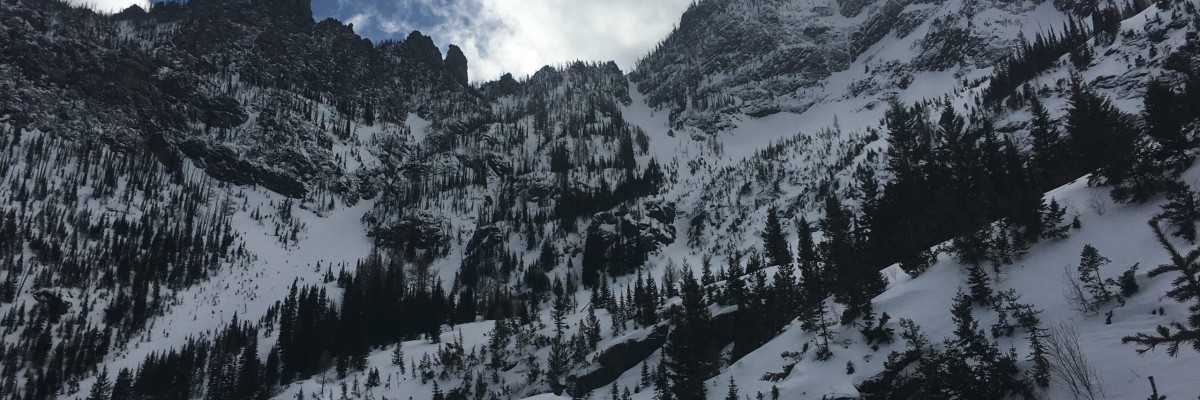A lack of new snowfall, cool overnight temperatures, and the absence of buried persistent weak layers in the snowpack means avalanches are unlikely and the avalanche danger is rated LOW in West Central Montana for today.
Good morning, this is Andrew Schauer with the West Central Montana avalanche advisory for Tuesday, March 10, 2020. Today’s advisory is sponsored by ZillaState. This advisory does not apply to operating ski areas, expires at midnight tonight, and is the sole responsibility of the U.S. Forest Service.
Weather and Snowpack
At 5 AM, mountain temperatures are in the high teens to low 20’s and winds are blowing 10-25 mph out of the west to southwest, with gusts up to 34 mph. There was no new snow overnight. Winds today will be 15-20 mph out of the west with gusts to 38, and mountain temperatures will be in the mid-20’s to low 40’s under partly cloudy skies. Light snow showers will return to our advisory area Wednesday, with our chance for snow increasing towards the end of the week.
It has been five days since the last significant snowfall in our advisory area, and the snowpack is gaining strength. With mountain temperatures consistently staying below freezing at night, the snow near the surface has been able to re-freeze after warmer daytime temps, and it is unlikely that a human will trigger an avalanche today. However, low danger does not mean no danger. As temperatures creep above freezing during the day, a little sun exposure will increase your chances of triggering a loose wet avalanche near the snow surface. Yesterday Todd and I toured into the Kootenai drainage in the central Bitterroot and saw signs of recent loose wet activity (photo, video), as well as large chunks of cornices that had broken off naturally within the past week.
We also need to be aware of isolated instabilities lurking deeper in the snowpack. Jeff got unstable test results on a few east-facing slopes in the Rattlesnake yesterday, with extended column tests failing above a crust buried about a foot deep. Although this problem is far from widespread, it is worth taking the 15 minutes to dig a pit and do a quick stability test to assess these buried weak layers before stepping out into steeper terrain.
The Bottom Line
This time of year can provide the most stable snowpack in our advisory area, finally making it possible to step out into steeper terrain. But be careful- we are not entirely out of the woods yet. Take time to dig a quick pit before putting yourself in avalanche terrain. Be on the lookout for pockets of weak snow that may fail in a stability test. Be aware of deteriorating stability as the day heats up and clue into clear signs like pinwheels and rollerballs, which are indicators that the surface snow is losing strength and it is time to move to shaded aspects or head back to the car. Avoid traveling directly below large cornices, which can fail as they heat up throughout the day. As always, only expose one person at a time to avalanche terrain.
Your observations are extremely helpful! If you get out, please take a minute to fill out the observation form on our website (missoulaavalanche.org), or shoot us a quick email at [email protected].
We still have several avalanche courses remaining this season. If you are interested in enrolling, you can find info at the course offerings page on our website, or email us with questions.














